If you ask any digital marketer how to grow a business over the long term, it’s very likely that he or she will say “content marketing.”
That term gets thrown around a lot. You’ve probably heard or read it ten times today already.
This is because content marketing is more popular and effective than ever before.
Most businesses rely heavily on content for sales, conversion, promotion, and nearly everything else.
There’s a good reason — it works.
Actually, let me rephrase that.
It can work, but you have to do it right.
That’s why it’s super important to have a bulletproof content strategy at the ready. Without an action plan, you’re likely to run around in circles.
There’s only one problem. Most content strategies don’t work all that well.
That’s because they’re not tailor made for your business.
For a content strategy to work, it has to be customized. You can’t just take a formula and follow it blindly. Often, it won’t work.
Content strategies are supposed to be flexible and dynamic. They have to change with your business.
And I think that’s where most articles get it wrong. They never tell you how to modify a content strategy to fit your ever-changing needs.
So today, I’m going to show you exactly how to do that.
After you read this, you’ll be able to create a strategy that works for you and gets real results.
So buckle up, and let’s get started.
Understand your audience
Before you write a single word of content, you need to become best friends with your audience.
Because if you don’t know your audience, your content will be awful. I know that sounds harsh, but it’s true. (I had to learn it the hard way.)
Gone are the days of writing filler content just to make search engines happy. Today, you need to optimize your content for your readers.
While you shouldn’t ignore SEO (I’ll talk more about this later), you should always write for humans first.
Ultimately, it’s people you’re trying to impact, not machines. Ranking high in the SERPs is a fantastic achievement, but if your content doesn’t make connections with readers, it won’t convert.
So that means you have to get to know your audience on an intimate level.
You need to know their hopes, their insecurities, their fears. You should know as much about them as possible.
One of the absolute best ways to do this is to create reader personas.
These personas are fictional people who represent different types of customers you might have.
Here’s a simple example of two reader personas.
I recommend starting off with just one reader persona. Later down the line, you can segment your audience and create a persona for each segment.
A good persona should answer the 5 W’s and H. I know that sounds like a secret code, but it’s just short for who, what, why, when, where, and how.
If you can answer all of these questions, you’ll be able to get an extremely thorough understanding of your persona.
The benefit of personas is straightforward. Personas help you understand your customers.
Marketing and sales knowledge can help you understand customers in general, but personas give you insight into what your customers want.
When you create your persona, you’ll want to dive deep into demographics and psychographics.
Demographics tell you who your customers are, and psychographics tell you why they behave the way they do. Both are useful for different reasons.
Once you’ve gathered all of your research, shape it into a persona. Start off by answering these questions:
- Who is your average customer?
- What do they want?
- What are their unique needs?
- What do they prioritize in their life?
- What do they like and dislike?
But don’t stop there. Create as detailed of a persona as you possibly can with the information you have.
The finished product could look something like this:
The more detail, the better.
I have one last piece of persona advice for you: Regularly update your personas.
Creating personas and getting information on your audience isn’t a one-time deal. You should treat it like any other relationship in your life.
To deliver the best user experience, you need to be checking up on your users now and then. Occasional surveys or emails work really well for this.
Your entire content strategy depends on your audience, so make sure you know what they want before you move on with the rest of these steps.
Develop your brand voice
Pop quiz! (I know you’re not prepared, but don’t worry, I’m not grading you.)
Below are screenshots from two different articles. One of them is an article that I wrote, and the other isn’t.
Can you guess which one I wrote? Here’s the first one:
And here’s the second:
If you guessed the first one, you’re right!
That blurb came from this Forbes article I wrote. (The other snippet came from another Forbes article written by John Greathouse.)
If it was easy to tell which sentence was mine, then you’ve picked up on my brand voice. John’s is great, but it’s his voice, not mine.
Your brand voice is a big part of what sets you apart from your competitors.
In fact, your brand voice is a part of everything you do.
I should note that not every company has a unique brand voice. And that’s a major negative.
If a user can’t pick your voice out of a crowd, they’re not going to listen to you.
Now let me address the burning question: How do you create your brand voice?
It all goes back to your audience.
The type of audience you have will influence how your brand voice develops. Different kinds of readers will be looking for different things, and there’s no one-size-fits-all solution.
To see this in action, take a look at this persona:
Now look at this one:
These two types of personas require wildly different content.
A landing page for your CRM would hit it out of the park for Persona #1, but Persona #2 would be unable to relate to it at all.
Likewise, Persona #1 wouldn’t be interested in getting alerts for nearby companies that are hiring, but Persona #2 would love it.
In other words, you’d write in a much different voice for each persona.
So you need to design your brand voice by considering who your users are.
It might help for you to make a chart like this one:
This will help you break down your brand voice and define it piece by piece.
For now, don’t worry too much about creating the most noticeable brand voice in the world. Just focus on reaching your customers, and the rest will come over time.
For all intents and purposes, your brand voice is your brand, so spend some quality time creating a memorable and impactful brand voice.
Create specific goals for your content
This is a big one.
We all know goals are important, but the type of goal is also very important.
You wouldn’t believe how many times I’m brought on to consult for a business only to discover they have almost zero specific goals.
Having no specific goals as a business is like driving with a blindfold on. It’s dangerous and will most likely not get you to where you want to be.
That’s especially true for content marketing strategies.
For your content to work effectively, you need to determine what you want it to do in the first place.
Here are some of the common goals of content marketing:
You also need to avoid broad goals. Why? It’s simple: You need to be able to measure your results.
That means you need goals that can be evaluated using metrics.
This way, you’ll be able to tell for sure whether or not you’ve accomplished your goals. You can’t really measure the success of broad goals.
Let me give you a couple of examples so you can see how this plays out in the real world.
Let’s say you want to use your content strategy to bring in new leads. So the broad goal is lead generation, but we need to get more specific.
The SMART goal method is helpful to use if you get stuck here. SMART stands for specific, measurable, attainable, relevant, and timely.
Think of your goals as short, actionable statements that clearly communicate what you want to achieve.
How about this one? “I want my informative blog posts to bring in 5 visitors per week.”
That meets all of the SMART criteria, and it’s crystal clear. That’s something you can definitively measure and evaluate.
Here’s an example of a bad goal statement: “I want to make videos to drive traffic to my website.”
It’s a good starting point, but you have to fill in the blanks. What kind of videos will you make? How much traffic do you want to drive?
You get the idea.
Let’s look at one more example.
Maybe you want to build thought leadership for your personal brand with your content strategy.
A good, specific goal for this example might be: “I want my LinkedIn posts to get 300 shares this week.”
The more detailed you are when creating your goals, the more likely it is you’ll achieve those goals. Remember, your goals should be SMART.
Ask yourself, “Why?”
The idea of asking yourself why might seem redundant.
After all, we’ve already covered answering the 5 W’s and H, and that includes why.
This is a different kind of why.
It’s a question you should ask yourself before creating any piece of content.
Here’s the question: Why am I creating this piece of content for my audience?
You could also rephrase the question: Why should my audience care about this piece of content?
The answer is pretty simple: People should care because your content is beneficial and useful.
If your content is not beneficial or useful, not many people will care about it, if any.
I love this quote from alistapart.com:
Necessarily, the content strategist must work to define not only which content will be published, but why we’re publishing it in the first place.
Otherwise, content strategy isn’t strategy at all: it’s just a glorified production line for content nobody really needs or wants.
If you’re just pumping out content left and right without stopping to think about it, no one will care about your content, and you won’t be able to accomplish your goals.
Every piece of content you publish has to have a purpose, a reason for people to care about it.
And that purpose has to be benefit-driven.
Your content needs to be able to help your readers live better lives. Maybe it will teach them how to do something or show them a better way to do something.
In one way or another, your content has to benefit your readers.
That’s why people will care, and that’s your “why.”
Like I said, you should figure out why you’re creating a piece of content before you create it. You want to be 100% sure that your content is worth producing.
And if you can’t find any benefit or value in the content you want to create, it’s time to hit the drawing board and start over.
Don’t forget SEO
Earlier I mentioned that you should optimize your content for your readers.
But I also said that you shouldn’t ignore SEO.
You actually need to do both.
First, let me make this clear: Optimizing content for people should always come first.
If you write with only SEO in mind, your content will be uninteresting, and it will have few (or no) benefits.
For example, if you have your focus keyword in mind the whole time, you might end up with content like this:
That’s no good. This is a perfect example of what not to do.
However, you do want to think about SEO a little bit. It shouldn’t be your exclusive focus, but it should be part of your content strategy.
This amusing picture sums it up nicely:
The content is the foundation, and the SEO is layered on top. It comes after the content.
That’s how you should approach your on-page SEO.
Don’t go crazy with long-tail keywords or image SEO, but think about how you can do SEO without compromising the value of your content.
You can actually optimize content for people and search engines at the same time. It takes some getting used to, but it’s well worth it.
Measure the outcomes
At some point, you’ll have to face the moment of truth and determine if you accomplished your goals.
The most precise method is to use specific metrics to see if you succeeded or not.
The type of metrics you use will depend on what your goals are.
Here are some common goal and metric pairings:
You can track almost all of these using Google Analytics.
It’s easy, and it’s free. What more could you want?
If you’re having problems measuring your goals, it’s probably because your goals weren’t that specific to begin with.
You might need to revisit your goals, make them more specific using the SMART system, and then measure the results you get.
If you don’t succeed overnight, or even in a few weeks, don’t worry. It usually takes some time for any content strategy to work.
Even though it might take a while to have an impact, a good content strategy can make all the difference for your site.
More people will see and share your content. You’ll get more traffic, and you can do whatever you want with that traffic.
The possibilities are endless.
Conclusion
I’m a big fan of content.
I’ve built my entire career out of it.
Early on, I learned that if I wanted people to listen to me, I’d better have something really darn good to say.
That’s why I started writing long-form articles like these. I made sure to pack my content with gobs of value.
But I soon realized that wasn’t enough, so I created goals for my content. Over time, those goals became narrower and narrower, and my content became more and more successful.
Content is powerful, but there are many ways to do it wrong. I don’t want you to waste any time making mistakes –– in fact, that’s the entire reason I wrote this article.
One more thing.
Like I mentioned at the beginning, your content strategy needs to be designed around your business alone. You can’t copy and paste someone else’s content strategy and expect it to work.
That’s why I haven’t given you a template. Instead, I’ve told you about all the necessary parts of a good content strategy and how you can modify them to meet your needs.
If you’re achieving your goals, find out what’s working and keep doing it. But if you’re not succeeding, use this article to find out where you might be going wrong.
Here’s to a better content strategy and a better future for your site!
What changes are you going to make to your content strategy?

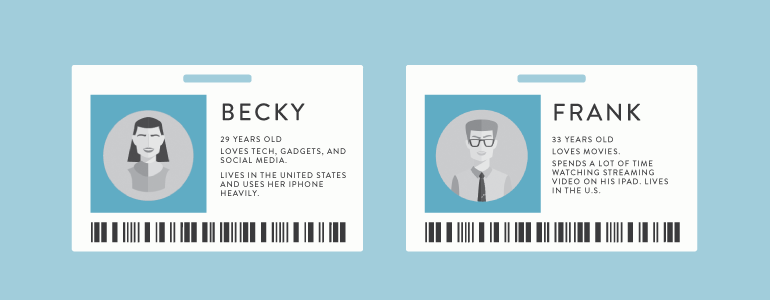
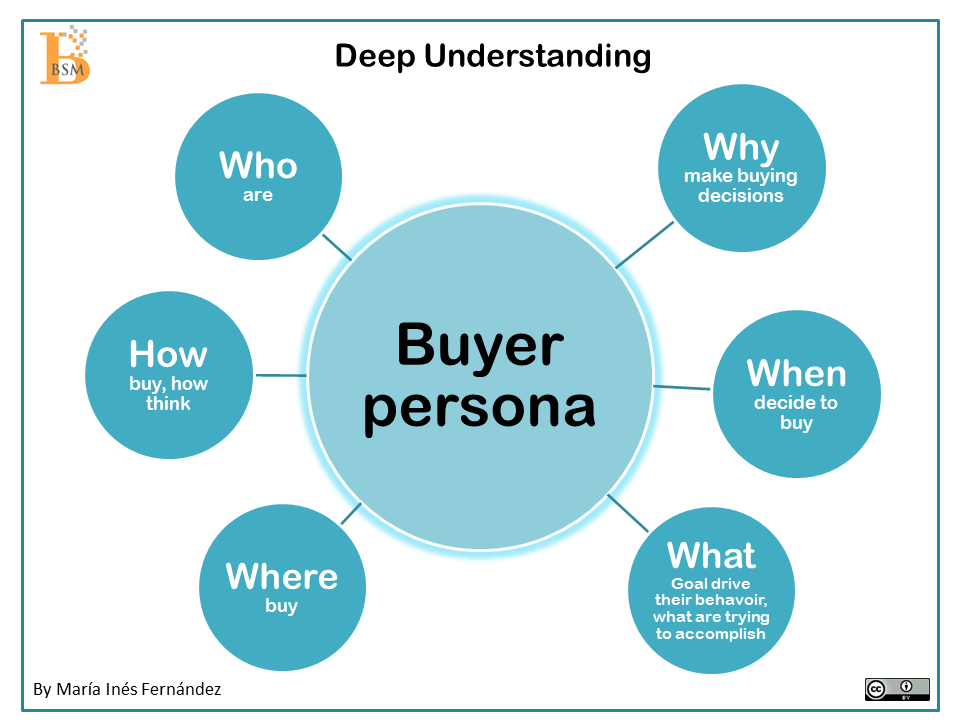
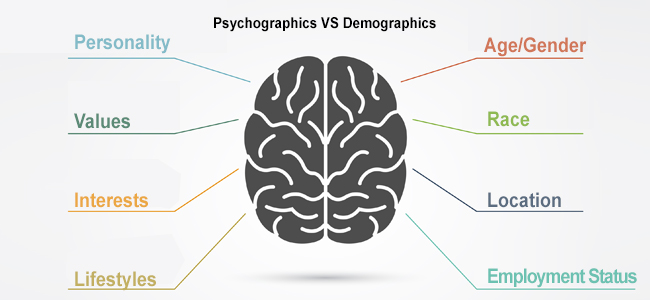
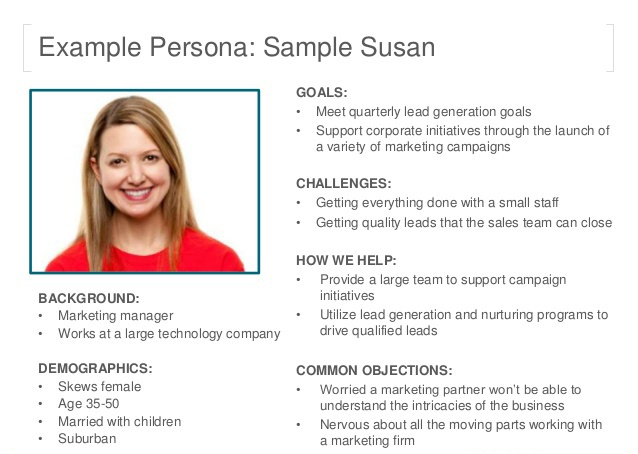
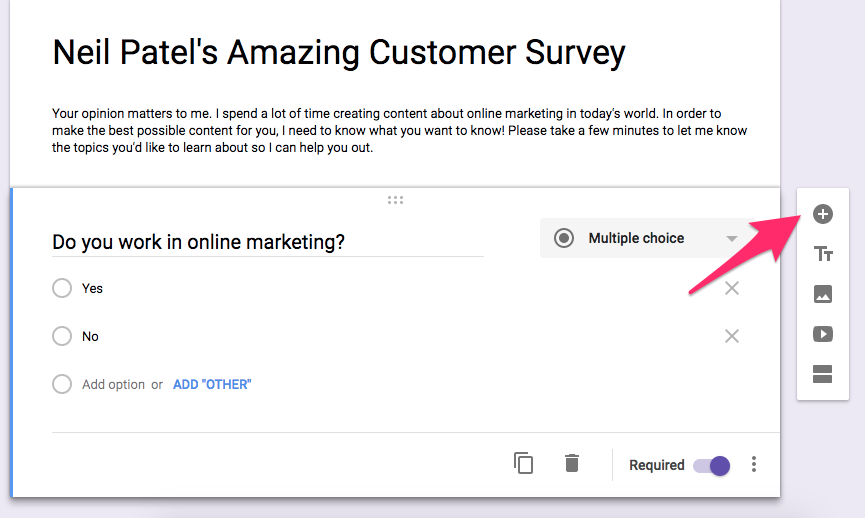


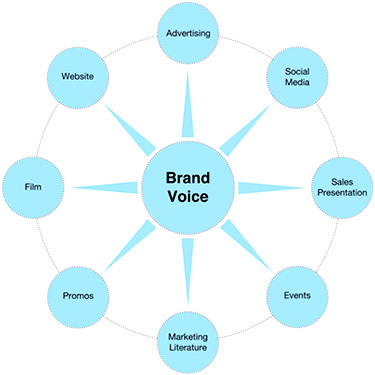
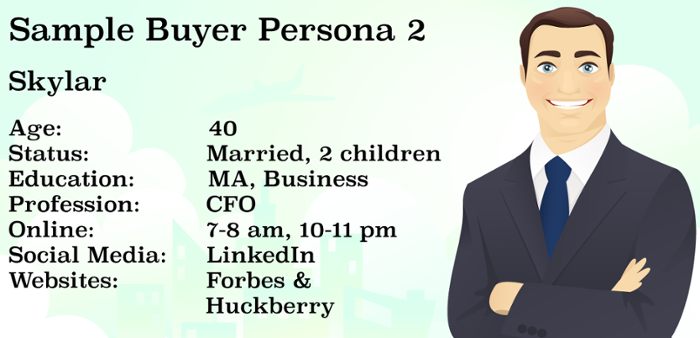
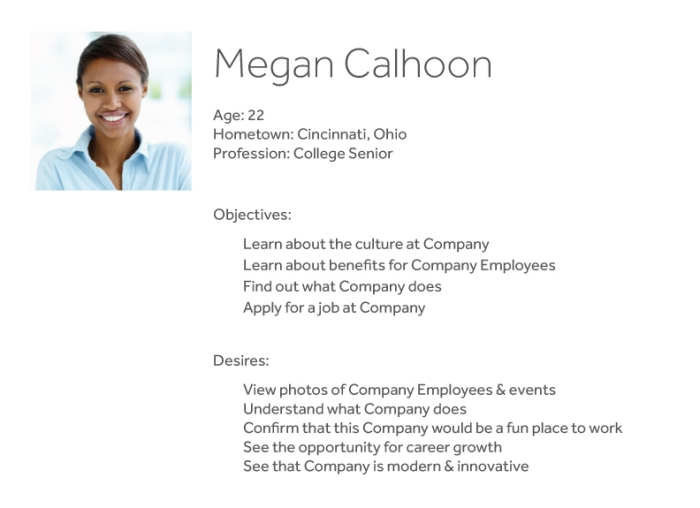
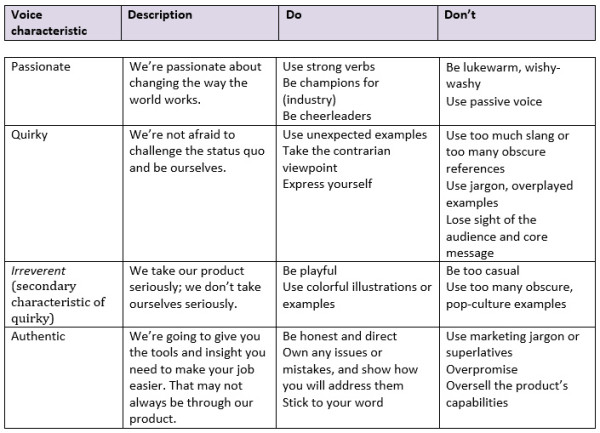
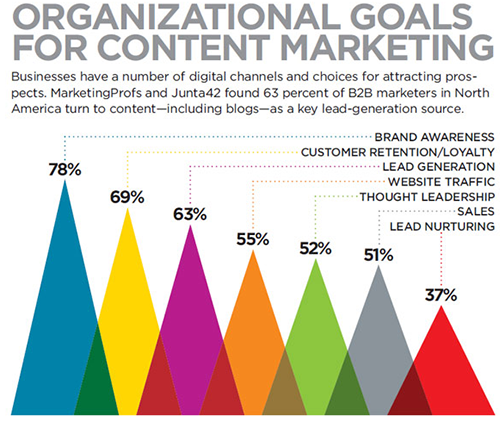
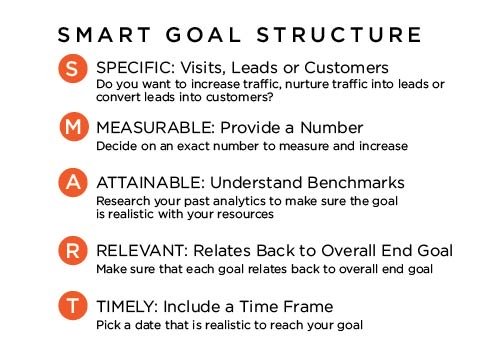
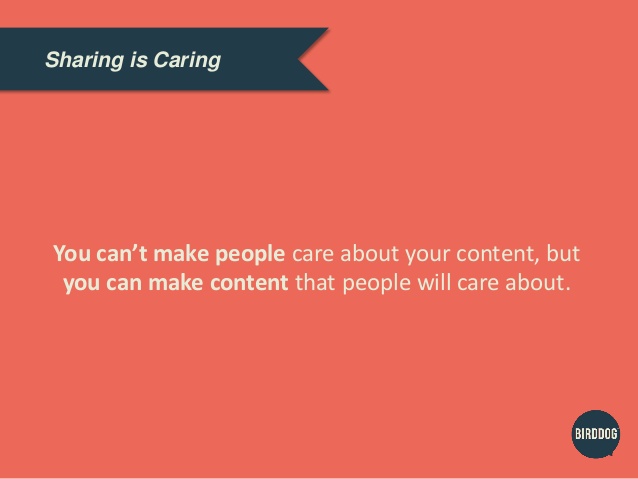
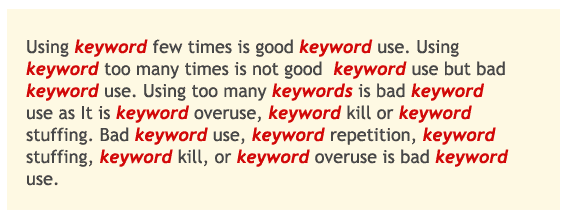
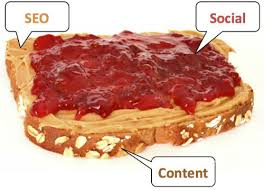
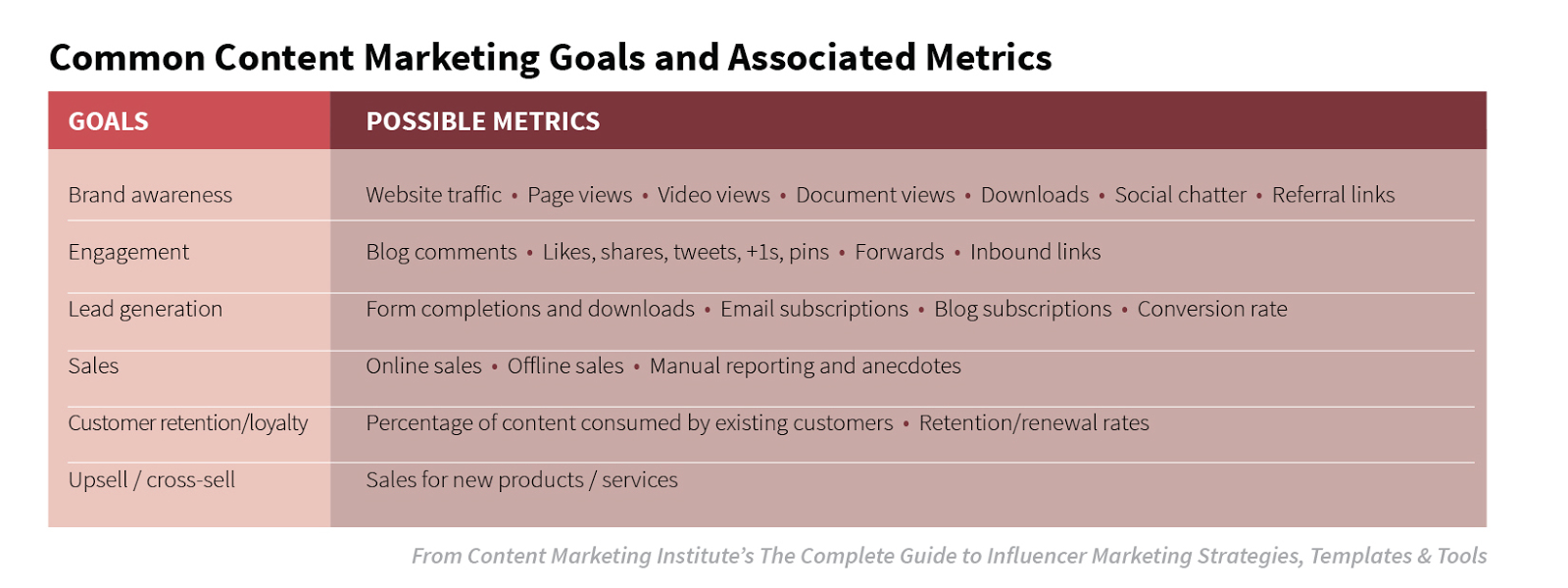
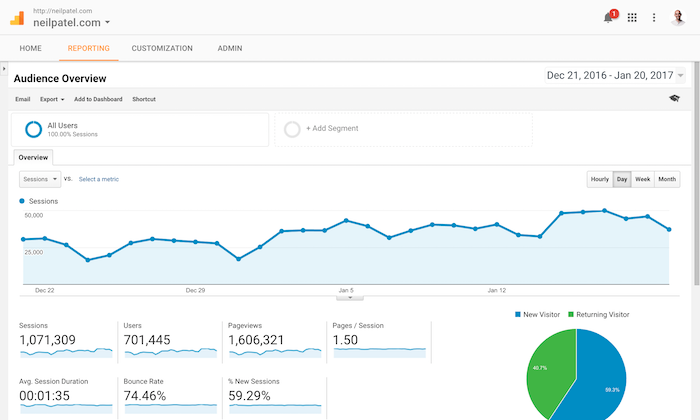
Comments (8)